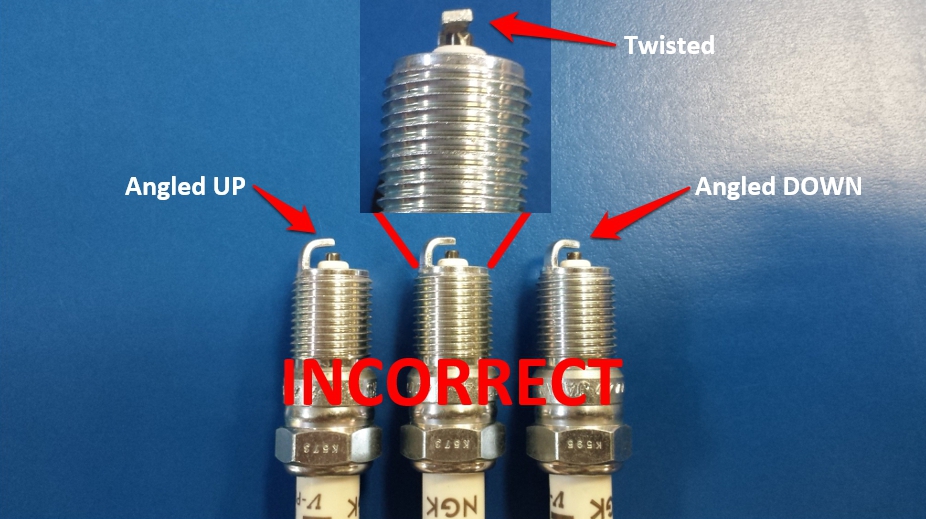Spark plugs are one of the most important components of an engine, and the gap between the electrode and the tip of the spark plug plays a critical role in engine operation. The spark plug gap is the distance between the electrode and the tip of the spark plug. It is important because it controls the amount of voltage that is required to create a spark.
The voltage required to create a spark increases as the gap between the electrode and the tip of the plug becomes larger. A larger gap also means that more current will flow through the system, which can cause problems with overheating.
Spark plugs are designed to create a spark that ignites the air/fuel mixture in the engine’s cylinders. The spark plug gap is the distance between the electrode and the tip of the spark plug. The size of the gap affects how well the spark can jump from one electrode to another.
If the gap is too small, the spark will be weaker and may not be able to ignite the air/fuel mixture. If the gap is too large, the spark will be too strong and could damage the electrodes.
Symptoms of Too Much Spark Plug Gap
If your spark plugs have too much gap, it can cause a number of problems. The most common symptom is that the engine will misfire. This can happen because the spark has to travel further to reach the electrode, and it may not have enough voltage to make the journey.
Other symptoms include a loss of power and fuel economy, as well as increased emissions. If you think your spark plugs may be gapped too far, talk to your mechanic or take your car to a dealership for an inspection.

Credit: race-1.com
What Does Increasing Spark Plug Gap Do?
When a spark plug fires, it must have the correct amount of voltage to jump the gap between the electrodes. If the gap is too small, the voltage will not be high enough to make the jump. If the gap is too large, the spark will not be hot enough to ignite the air/fuel mixture in the cylinder.
The correct spark plug gap for your engine can be found in your owner’s manual or service manual. You can also find the correct spark plug gap for your engine by using a feeler gauge. To set the correct spark plug gap, insert the feeler gauge into the space between the electrodes and adjust until you feel a slight drag on the gauge.
Increasing spark plug gap can have several effects on engine performance. First, it can improve ignition timing. This is because a larger spark plugs require more voltage to fire, which means they will fire slightly sooner than a smaller Gap plugs .
second ,it may also help reduce fouling . third ,increasing Gap may also improve fuel economy fourth ,a larger Gap may produce more power fifth and finally ,it could help reduce emissions
What Happens If a Spark Plug Gap is Too Small?
If a spark plug gap is too small, it can result in the spark not being able to jump the gap. This can cause misfires and a loss of power. Additionally, it can lead to fouling of the spark plugs and premature wear.
Is a Smaller Spark Plug Gap Better?
No definitive answer exists to this question as it depends on a number of factors, including the type of engine, the performance level desired and other variables. In general, however, most experts agree that a smaller gap results in a more efficient combustion process and produces less emissions. Additionally, it is easier to control ignition timing with a smaller gap, which can be important in engines that operate at high speeds or under heavy loads.
Conclusion
A spark plug is a type of electrical device that helps to create a spark in order to ignite the air/fuel mixture in an internal combustion engine. The spark plug gap is the distance between the tip of the spark plug and the electrode. This gap plays an important role in how well the engine runs.
If the gap is too wide, it can cause misfires and poor fuel economy. If the gap is too narrow, it can cause pre-ignition and damage to the engine. The ideal gap for most engines is between 0.7mm-1mm.
